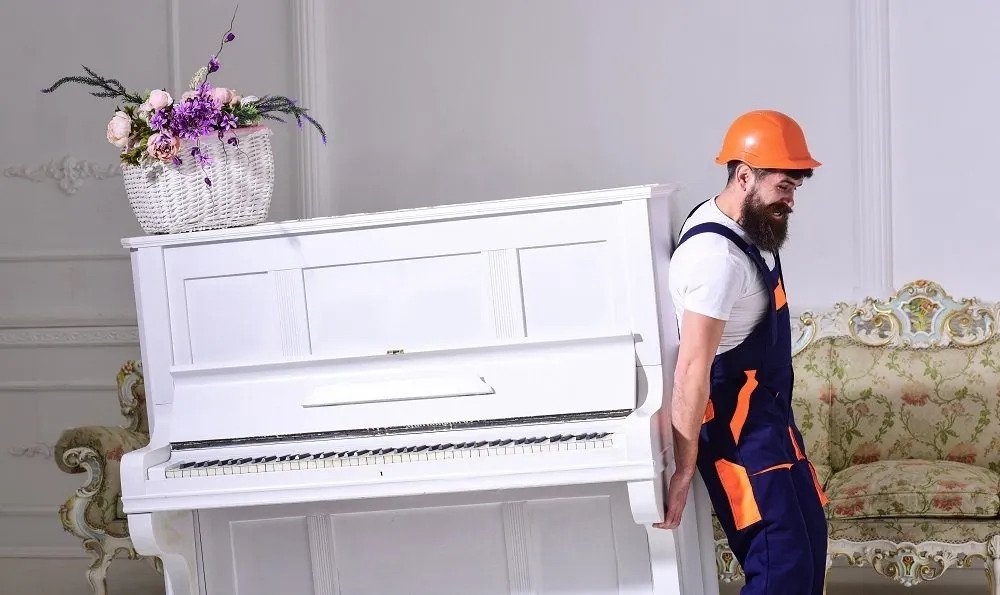Pianos are valuable instruments, not only because of their monetary value, but because of the sentimental value most people attach to their piano. If you’re moving your piano even a short distance, it’s important to know the right way to move it and which mistakes you can avoid. This can help you avoid costly damage, some of which is impossible to repair. Here are some common mistakes you should avoid when moving your piano.
Misjudging Size and Weight
One of the biggest mistakes people and substandard moving companies make is misjudging the size and weight of a piano. You can usually find a close approximation of the weight of your piano by measuring the height and width of the piano. Upright pianos usually weigh less than grand pianos, but some older, larger upright pianos can weigh just as much as a grand piano. Most upright pianos that are 4- or 5-feet tall weigh anywhere between 500 and 800 pounds, while smaller upright pianos may weigh as little as 300 pounds. The weight of the piano makes a big difference on the other moving factors, including how you move it and how much help you’ll need.
Grand pianos or any piano taller than 4 feet or longer than 6 feet should only be moved by professionals because of their weight and the awkward nature of moving these large instruments. A moving company will produce a quote based on weight and dimensions, so be accurate when giving this information to the movers so that they have everything they need before they arrive.
Using Only Casters
Casters on the piano legs can be helpful for moving your piano a short distance, like a few inches once the piano is in the room. But in general, the casters are merely decorative and won’t function well to move the entire piano. You’ll risk breaking the casters and damaging the piano when attempting to move the piano on the casters alone. Dollies made specifically for pianos are the best tool for moving the piano rather than relying on the casters.
Inadequate Protection
Not only is it important to protect the piano during the moving process, but many people make the mistake of overlooking floors, door frames, and the corners of walls. Protect the floor by putting down a floor shield that will still allow the piano to move across the floor. Make sure all moveable furniture and decorations in the piano’s path are moved out of the way to avoid damage.

Underestimating Time
It’s important to allow adequate time to move your piano. Rushing a piano move often results in damage of some sort, so make sure you plan ahead to avoid any costly mistakes.
Using Improper Equipment
In addition to using piano dollies, it’s a good idea to have padding and straps that are specifically designed for piano moving. Fortunately, a piano moving company will have all this equipment on hand so you won’t have to purchase and store it yourself.
Doing it Yourself
Finally, you can avoid damaging a very delicate instrument by leaving the piano moving process to a piano moving company in Chicago. This can prevent sticky situations where you’re lacking in manpower or unable to get the piano in the right position to get it safely in or out of a building.
For your piano moving needs, contact Wolley Movers Chicago today.








